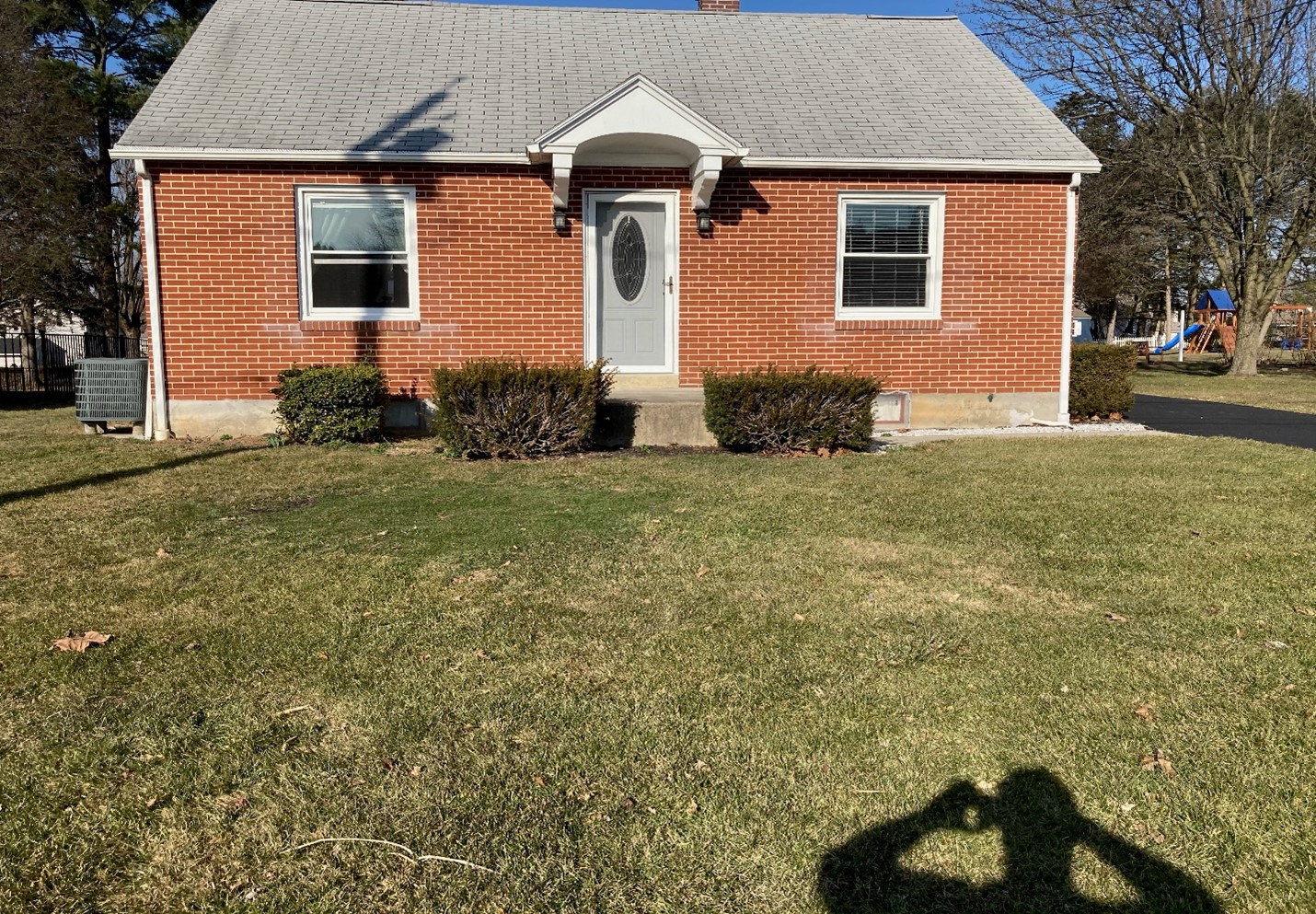A lush, green lawn is a source of pride for homeowners, but sometimes the summer heat can take its toll, leaving your lawn dry, brown, and unsightly. Don’t despair! With the right approach and a little TLC, you can revive your lawn and restore its vibrant, healthy appearance. In this blog post, we’ll explore some essential tips and techniques to help you bring your dry or burnt lawn back to life.
Identify the Problem:
Before taking action, it’s crucial to identify the cause of your lawn’s dryness or burn. Common culprits include excessive heat, inadequate watering, nutrient deficiencies, or the presence of pests or diseases. By understanding the underlying issue, you can tailor your lawn restoration efforts accordingly.
Watering Techniques:
Proper watering is the key to restoring a dry or burnt lawn. Deep, infrequent watering is more effective than frequent, shallow watering. Water your lawn early in the morning or late in the evening to minimize evaporation. Aim to provide around 1 inch of water per week, adjusting based on your climate and soil conditions. Consider using a sprinkler system or soaker hose for even water distribution.
Core Aeration:
Compacted soil prevents water and nutrients from reaching the grass roots. Core aeration is a process that involves removing small plugs of soil, allowing air, water, and nutrients to penetrate the root zone. Renting an aerator or hiring a professional can help revitalize your lawn by improving its overall health and resilience.
Overseeding:
If your lawn has bare patches or thin areas, overseeding can work wonders. Choose a high-quality grass seed that matches your existing lawn, or consider a drought-resistant variety for areas prone to dryness. Before overseeding, prepare the soil by raking away debris and loosening the top layer. Spread the seed evenly, and lightly rake it into the soil. Keep the newly seeded areas moist until the grass establishes itself.
Fertilization:
Applying the right type and amount of fertilizer can help your lawn recover and promote healthy growth. Conduct a soil test to determine any nutrient deficiencies, and choose a balanced fertilizer accordingly. Avoid over-fertilization, as it can further stress the grass. Follow the manufacturer’s instructions and apply the fertilizer evenly, taking care not to overlap or miss any areas.
Weed and Pest Control:
Weeds and pests can further damage a stressed lawn. Proper weed control is essential to allow your grass to regain its strength. Selective herbicides can effectively target weeds without harming the grass. If pests are causing problems, identify the specific pest and use appropriate insecticides or natural remedies to control their population.
Adjusting Mowing Practices:
Raise your lawnmower blades to a higher setting to avoid cutting the grass too short. Longer grass blades provide shade for the soil, reducing evaporation and promoting moisture retention. Additionally, leaving the grass clippings on the lawn can act as a natural mulch, helping to conserve moisture and add nutrients back into the soil.
Conclusion:
A dry or burnt lawn doesn’t have to be a permanent eyesore. With a strategic approach and a little patience, you can revive your lawn and restore its lush green beauty. By identifying the problem, improving watering techniques, performing core aeration, overseeding, fertilizing correctly, managing weeds and pests, and adjusting mowing practices, your lawn will have the best chance to recover and thrive. Remember, consistency and proper maintenance are essential for long-term lawn health.

